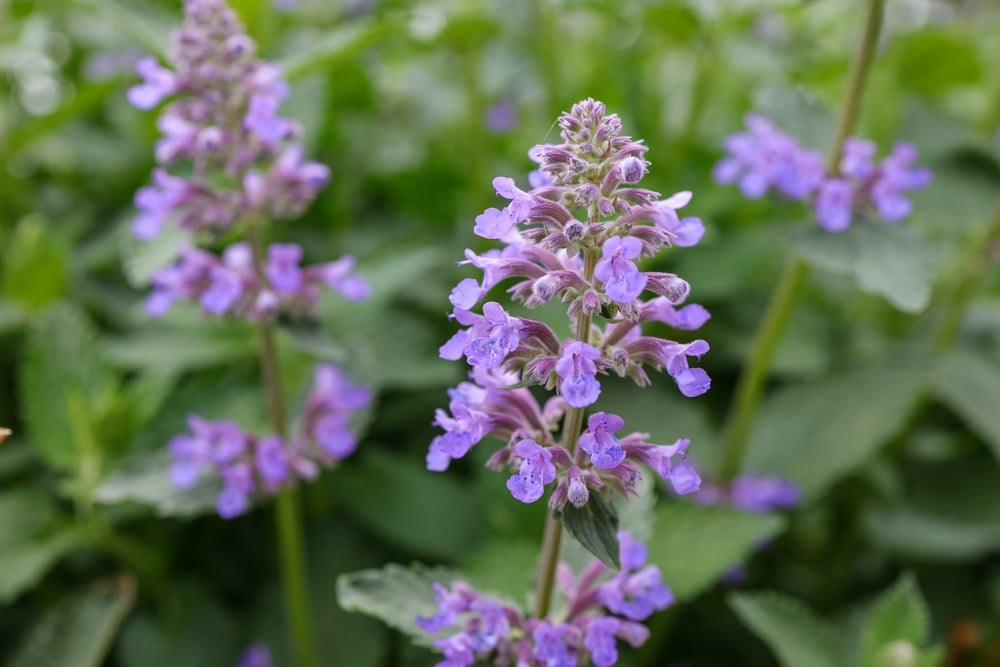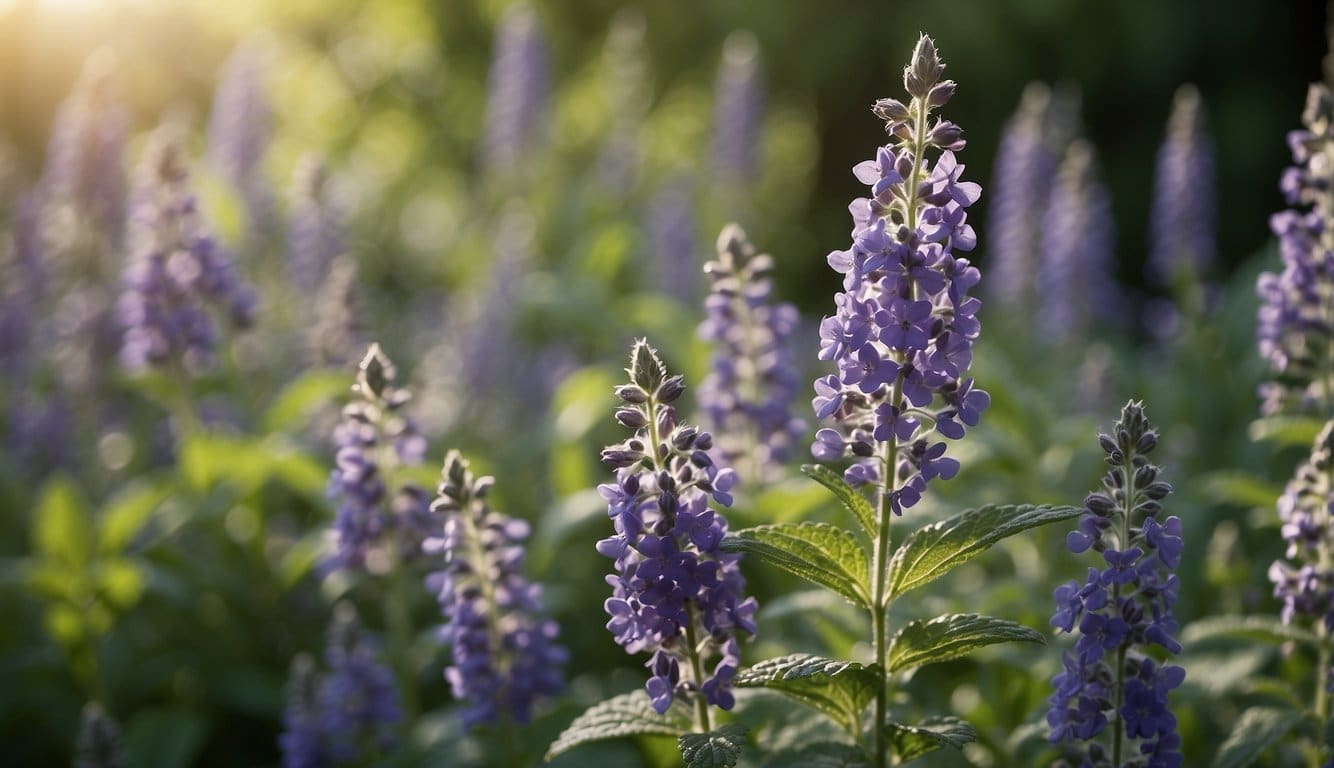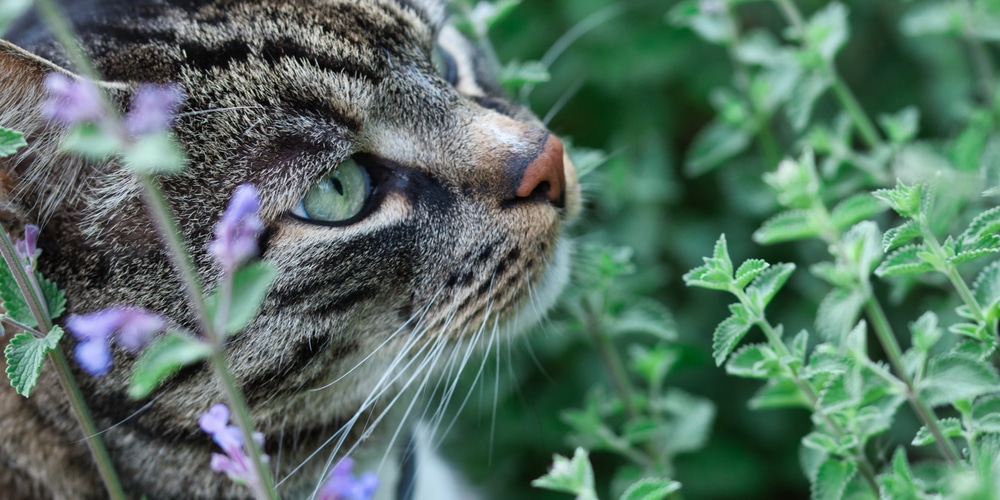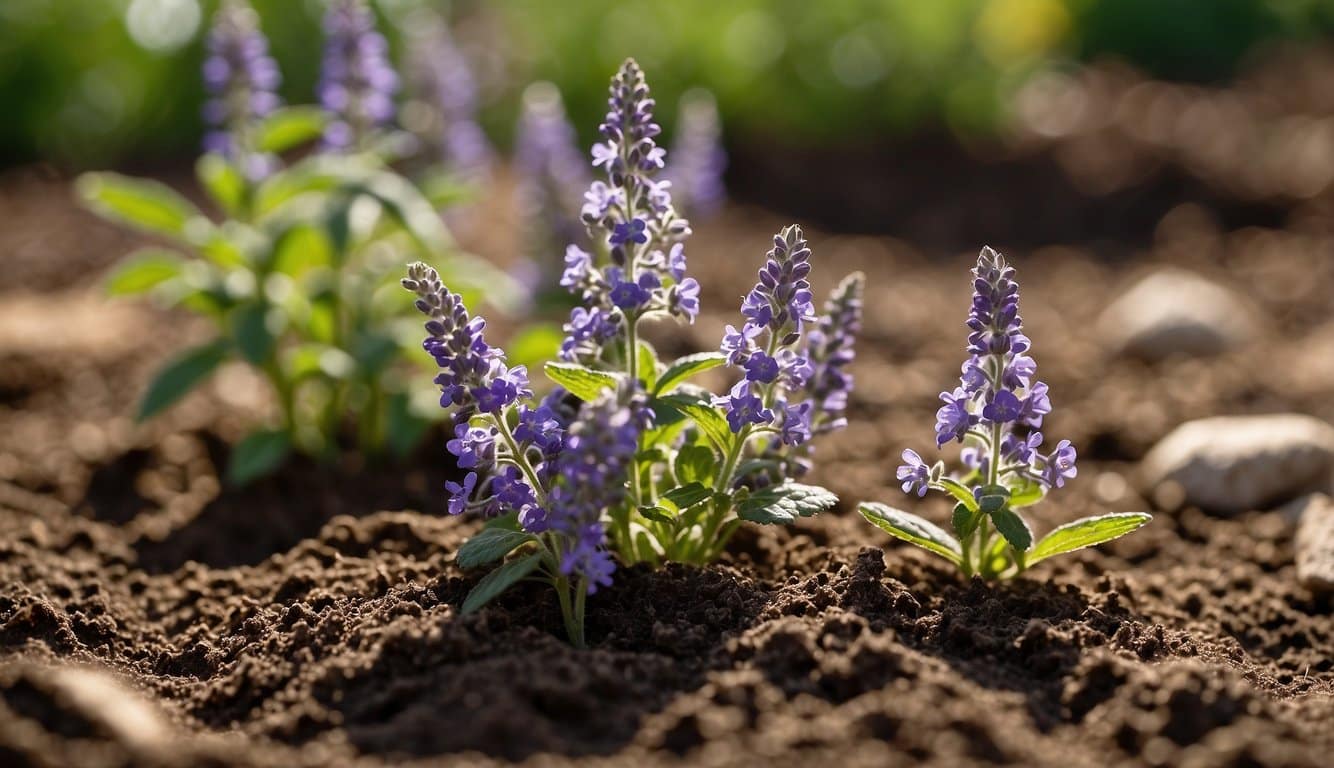| Question | When to Plant Catmint? |
|---|---|
| Answer | In spring after frost, or in fall (mild climates). |
| More Info |
|

Catmint (Nepeta spp.) can be planted in the garden in either spring or fall, depending on your climate and gardening preferences.
- Spring Planting: Early spring, after the risk of frost has passed, is a good time to plant catmint. This gives the plant plenty of time to establish its root system before the hot summer months. In regions with mild winters, you can also plant catmint in late spring, as the soil warms up.
- Fall Planting: In areas with mild winters, catmint can be planted in the fall, allowing it to establish before the onset of cold weather. Aim to plant at least 6-8 weeks before the first expected frost to give the plants enough time to settle in.
Catmint prefers well-drained soil and full sun to part shade. It’s a hardy, drought-tolerant plant once established, making it a low-maintenance addition to the garden.
Catmint: 101
In the realm of gardening, catmint is celebrated for its resilience and the charm it brings to the landscape.
Discerning its characteristics and benefits equips gardeners to optimize its use.
Characteristics of Catmint
Catmint, known botanically as Nepeta, is a perennial herb that is part of the mint family.
One can easily recognize catmint by its aromatic foliage and quintessential flower spikes, which bloom in shades of lavender to blue, and occasionally white or pink.
Typically, catmint plants achieve a height of up to 3 feet and can spread about 2 feet wide, thereby requiring ample space to flourish.
The plant thrives in USDA hardiness zones 3-9, favoring full sun to partial shade exposure.
Catmint prefers well-drained soil and maintains a tolerant stance against drought once established.
Gardeners should target a soil pH range of 6.0 to 7.5.
Benefits in the Garden
Catmint serves multiple roles in a garden setting:
- Attracts Pollinators: Its flowers are a magnet for bees, butterflies, and other beneficial insects.
- Drought Tolerance: Once established, catmint is an excellent choice for water-conserving gardens.
- Companion Planting: It pairs well with other perennials, providing contrast in form and color, thus enhancing garden aesthetics.
Moreover, catmint has the added advantage of being a natural repellent for certain pests, which can be beneficial for neighboring plants.
Its durability and low maintenance make it a staple in many gardens.
Planting Guidelines
The successful cultivation of catmint requires adherence to specific planting guidelines. Understanding when to plant, soil preparation, and the importance of location are fundamental for robust growth.
Best Time to Plant Catmint
The optimal time for planting catmint (Nepeta spp.) is in the spring, as the soil starts to warm. This allows the plant ample time to establish a strong root system before winter.
Catmint can also be planted in early fall, ensuring roots settle before the cold season.
Soil Requirements for Catmint
Soil Type: Catmint thrives in well-drained soil and can tolerate a variety of soil conditions.
- pH Level: Aim for a soil pH ranging from 6.1 to 7.8.
- Fertility: Overly rich soils can lead to excess foliage at the expense of blooms.
Perform a soil test and amend the soil as necessary before planting.
Choosing the Right Location
Catmint prefers a full sun location to flourish and produce abundant blooms.
- Sun Exposure: At least 6 hours of direct sunlight daily.
- Drainage: Elevated or sloping sites facilitate better drainage and prevent root rot.
Select a spot with good air circulation to discourage disease.
Cultivation Techniques
Successful cultivation of catmint hinges on proper propagation and planting.
The gardener should determine if starting from seeds or seedlings is best for their gardening strategy, and employ the right techniques for propagation.
Propagating Catmint
Division: The most effective method for propagating catmint is by division during the spring.
Gardeners should use a sharp tool to separate a portion of an established plant, ensuring the section has a healthy root system.
Cuttings: Alternatively, taking cuttings in spring is a viable method.
Cuttings should be around 3 inches long, planted in well-draining potting soil, and kept moist to encourage rooting.
Planting from Seeds vs. Seedlings
Seeds:
- Sowing Time: Sow seeds indoors 6 to 8 weeks before the last frost date or directly outdoors in early spring or fall.
- Conditioning: Seeds require light to germinate, so press them gently onto the soil surface without covering them.
Seedlings:
- Best Time for Planting: Plant seedlings after the danger of frost has passed.
- Spacing: Space plants 1 to 3 feet apart, depending on the variety, allowing for ample growth.
Whether one chooses to grow catmint from seeds or seedlings, both require well-drained soil with a pH range of 5.0 to 7.5.
Amending the soil with compost can increase the plant’s vigor and overall health.
Maintenance and Care
In cultivating healthy catmint plants, gardeners should concentrate on proper watering and fertilizing, along with consistent pruning and deadheading to encourage robust growth and prolonged blooming periods.
Watering and Fertilizing
Watering Requirements:
- Newly planted catmint requires consistent watering to establish its root system.
- Once established, it is drought-tolerant and requires minimal watering.
Fertilizing Approach:
- Soil testing is recommended initially to understand nutrient needs.
- Apply a balanced slow-release fertilizer in the spring if needed.
- Over-fertilizing can lead to excessive leaf growth at the expense of flowers.
Pruning and Deadheading
Pruning Guidelines:
- In early spring, prune back the previous year’s growth to 3-4 inches above ground level to promote new foliage.
- During the growing season, trimming catmint plants can maintain a neat appearance and encourage bushier growth.
Deadheading Practices:
- Regular removal of spent flowers, or deadheading, extends the blooming period and prevents self-seeding.
- For ease, one can shear the flower spikes after the initial bloom to stimulate a second flowering phase.
Common Issues and Solutions
When cultivating catmint, gardeners may encounter specific issues such as pest infestations and environmental stresses. Below are strategies to tackle these challenges effectively.
Pest and Disease Management
Aphids and Spider Mites: These pests can weaken catmint by feeding on the leaves, and natural predators like ladybugs or a strong water spray can dislodge and manage them. For severe cases, insecticidal soap can be applied as directed.
Fungal Diseases: Overwatering or dense plantings may lead to fungal problems like powdery mildew.
Adequate plant spacing enables good air circulation, and for persistent issues, fungicides might be necessary.
Weather and Environmental Concerns
Excessive Sunlight: Catmint plants prefer full sun to partial shade.
Brown tips on leaves suggest too much sun exposure. Relocating plants or providing some afternoon shade can prevent leaf scorch.
Cold Temperatures: Although catmint is frost-tolerant, unusually cold winters can damage the plant. Mulching around the base can provide additional insulation against extreme cold snaps.
Frequently Asked Questions
This section addresses common queries gardeners have regarding the optimal times and conditions for planting catmint.
What is the best season to plant catmint seeds outdoors?
The best season to plant catmint seeds outdoors is typically spring, once the threat of frost has passed. This gives the plant ample time to establish itself during the warmer months.
How does growing zone affect the planting time for catmint?
Growing zones influence planting times; gardeners should plant catmint after the last frost in cooler zones, while in warmer areas, planting can occur in late fall or early winter, exploiting mild temperatures for root development.
Can I grow catmint indoors, and if so, how do I start?
One can indeed grow catmint indoors by starting seeds in pots with well-draining soil.
They should be kept in a sunny spot until seedlings are robust enough to transplant outdoors after the last frost.
How should I manage catmint growth to avoid invasiveness?
To manage catmint and prevent it from becoming invasive, one should regularly prune the plant, deadhead spent flowers, and possibly divide it in spring or fall to control its spread.
What are the sunlight and shade requirements for planting catmint?
Catmint requires full sunlight to partial shade for optimal growth. Ideally, they should get at least 6 hours of sunlight daily.
What considerations should I take for maintaining catmint during winter months?
During winter, catmint should be cut back to the ground after the first frost. A layer of mulch can be applied to protect the roots in areas with severe winters.
Last update on 2025-04-05 / Affiliate links / Images from Amazon Product Advertising API






